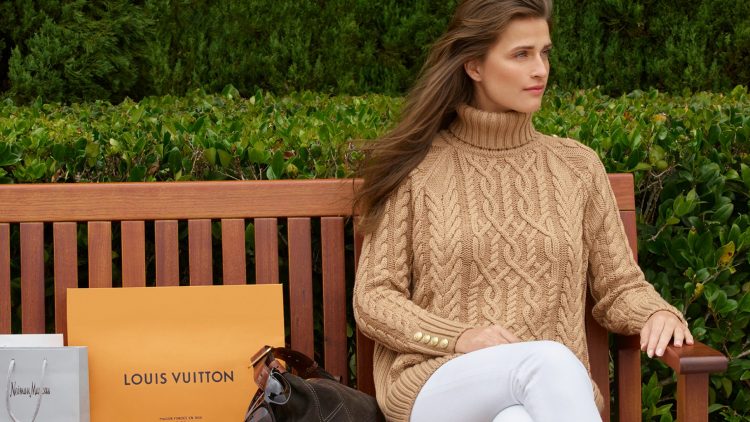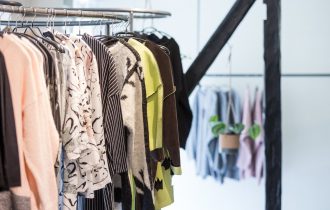The Evolution of Fashion: From Vintage to Futuristic
Fashion is an ever-evolving art form, continuously reflecting the social, cultural, and technological changes of each era. From vintage elegance to futuristic innovation, the world of fashion has seen a fascinating journey through time. This article delves into the rich history of fashion, exploring its evolution from the classic elegance of the past to the cutting-edge styles of the future, and how these transformations have influenced our sartorial choices today.
The 1920s marked a significant shift in fashion as women embraced more liberated and rebellious styles. The flapper look with its drop-waist dresses, fringe detailing, and bobbed haircuts symbolized the newfound sense of freedom and exuberance after World War I. Fashion icons like Coco Chanel revolutionized women’s wear, popularizing trousers and unstructured clothing. The Roaring Twenties left an indelible mark on fashion, inspiring designers and fashionistas for generations to come.
The 1930s and 1940s were characterized by the Golden Age of Hollywood, where the silver screen played a pivotal role in shaping fashion trends. Glamorous movie stars like Audrey Hepburn, Marilyn Monroe, and Grace Kelly captivated audiences worldwide with their impeccable style. The era saw the rise of figure-flattering silhouettes, intricate gowns, and the iconic “New Look” introduced by Christian Dior. The allure of Hollywood glamour continues to influence red carpet fashion and eveningwear.
The 1960s brought about a fashion revolution, epitomized by the vibrant and experimental styles of the Swinging Sixties. Youth culture, music, and social change had a profound impact on fashion, with miniskirts, bold patterns, and psychedelic colors taking center stage. Designers like Mary Quant and Yves Saint Laurent broke traditional norms, embracing a sense of fun and freedom that resonated with the younger generation.
The 1980s witnessed a unique blend of power dressing and androgynous fashion. Shoulder pads, oversized blazers, and power suits became the norm, symbolizing the rise of women in the workforce. Fashion was a statement of empowerment, breaking down gender norms and embracing a more unisex approach. Music icons like Madonna and Prince influenced a trend of bold self-expression, embracing a fusion of punk, glam rock, and new wave aesthetics.
In stark contrast to the boldness of the 1980s, the 1990s embraced a minimalist and grunge-inspired fashion. This decade saw the rise of simple silhouettes, monochromatic color schemes, and an anti-fashion sentiment. Designers like Calvin Klein and Helmut Lang led the movement, emphasizing clean lines and understated elegance. The 1990s’ minimalist approach continues to be a source of inspiration for modern-day fashion brands.
As the 21st century progressed, fashion shifted its focus towards sustainability and ethical practices. Consumers and designers alike became more conscious of the industry’s environmental and social impact. Sustainable fashion emerged as a response to fast fashion’s negative consequences, with upcycling, eco-friendly fabrics, and ethical manufacturing becoming more prevalent. Brands like Stella McCartney and Patagonia championed sustainability and influenced others to follow suit.
The 21st century also witnessed a groundbreaking fusion of fashion and technology, leading to innovations that transformed the industry. Wearable technology, such as smartwatches and fitness trackers, became popular, merging fashion with functionality. 3D printing revolutionized design processes, allowing for unique and customized creations. Augmented reality (AR) and virtual reality (VR) experiences brought immersive fashion shows and virtual try-ons, reshaping how consumers interacted with fashion brands.
Fashion is an ever-evolving art that reflects the spirit of each era. From the glamorous Roaring Twenties to the tech-savvy 21st century, the industry has undergone significant transformations. Each fashion movement has left an indelible mark, influencing the way we dress and express ourselves today. As we embrace the future of fashion, it is essential to honor the heritage of the past while seeking sustainable and innovative solutions to shape a stylish and responsible industry for generations to come.











